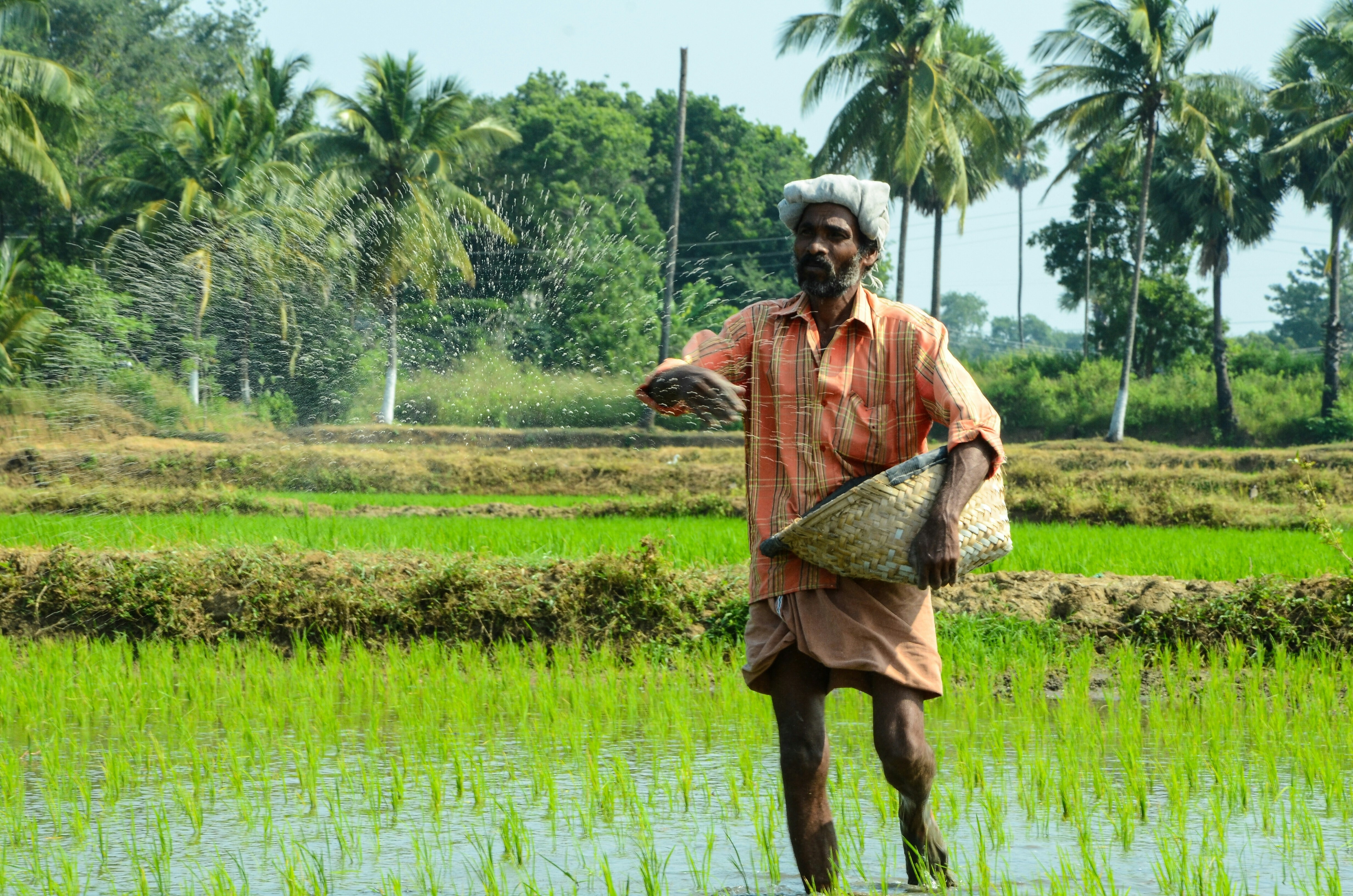This is why Japan's floods have been so deadly

Japan has seen the worst weather in 36 years. Image: REUTERS/Issei Kato
Torrential rains unleashed floods and set off landslides in western Japan last week, killing at least 176 people, forcing millions to evacuate and leaving dozens missing in the country's worst weather disaster in 36 years.
Below are some reasons for the high death toll.
Extreme weather
Remnants of Typhoon Prapiroon fed into a seasonal rainy weather front fuelled by warm air from the Pacific Ocean - a pattern similar to one that caused flooding in southwestern Japan exactly a year ago that killed dozens of people.
The recent rainfall was unprecedented and disaster experts said torrential rains are becoming more frequent, possibly due to global warming.
"The government is just starting to realise that it needs to take steps to mitigate the impact of global warming," said Takashi Okuma, an emeritus professor at Niigata University who studies disasters.
Risk awareness
Municipalities in Japan have been required since 2005 to create and publicise "hazard maps" showing the risk of flooding and landslides. By 2013, 95 percent of municipalities had produced flood hazard maps and 81 percent for landslides, according to the land ministry.
However, experts say many homes in Japan were built in risky areas before the 2001 requirement to distribute hazard maps.
Kurashiki city in Okayama prefecture, where the Mabi district was especially hard hit by this week's floods, distributed a hazard map in 2016, the Yomiuri newspaper said.
Despite orders and advisories to evacuate, which may have been issued too late, some residents appear to have ignored the warnings because they did not know where to go or how to get to safety.
Asked if he knew he lived in a designated risk area, Kenji Ishii, a 57-year-old resident of Mabi district, said: "I'm afraid I did not know that very well".
Quakes not floods
Japan, one of the most seismically-active places in the world, has stressed earthquake preparedness and regulations to make buildings quake-proof, but it has done less about potential flood disasters, said Okuma from Niigata University.
After several smaller disasters in recent years, the Ministry of Land, Infrastructure, Transport and Tourism has drafted plans to improve flood control and evacuation planning.
Land use
The government monitors weather conditions and issues early warnings, but the nation remains vulnerable to disasters because much of the country outside major cities is mountainous and construction takes place on virtually every bit of usable land.
Reforestation policies after World War Two saw many mountains logged and replanted with trees that have roots that are less able to retain water. That has contributed to the danger of landslides, which accounted for many of the deaths in this latest disaster.
(Reporting by Linda Sieg Editing by Darren Schuettler)
Don't miss any update on this topic
Create a free account and access your personalized content collection with our latest publications and analyses.
License and Republishing
World Economic Forum articles may be republished in accordance with the Creative Commons Attribution-NonCommercial-NoDerivatives 4.0 International Public License, and in accordance with our Terms of Use.
The views expressed in this article are those of the author alone and not the World Economic Forum.
Stay up to date:
Japan
Related topics:
Forum Stories newsletter
Bringing you weekly curated insights and analysis on the global issues that matter.
More on Nature and BiodiversitySee all
Dr Gideon Lapidoth and Madeleine North
November 17, 2025







